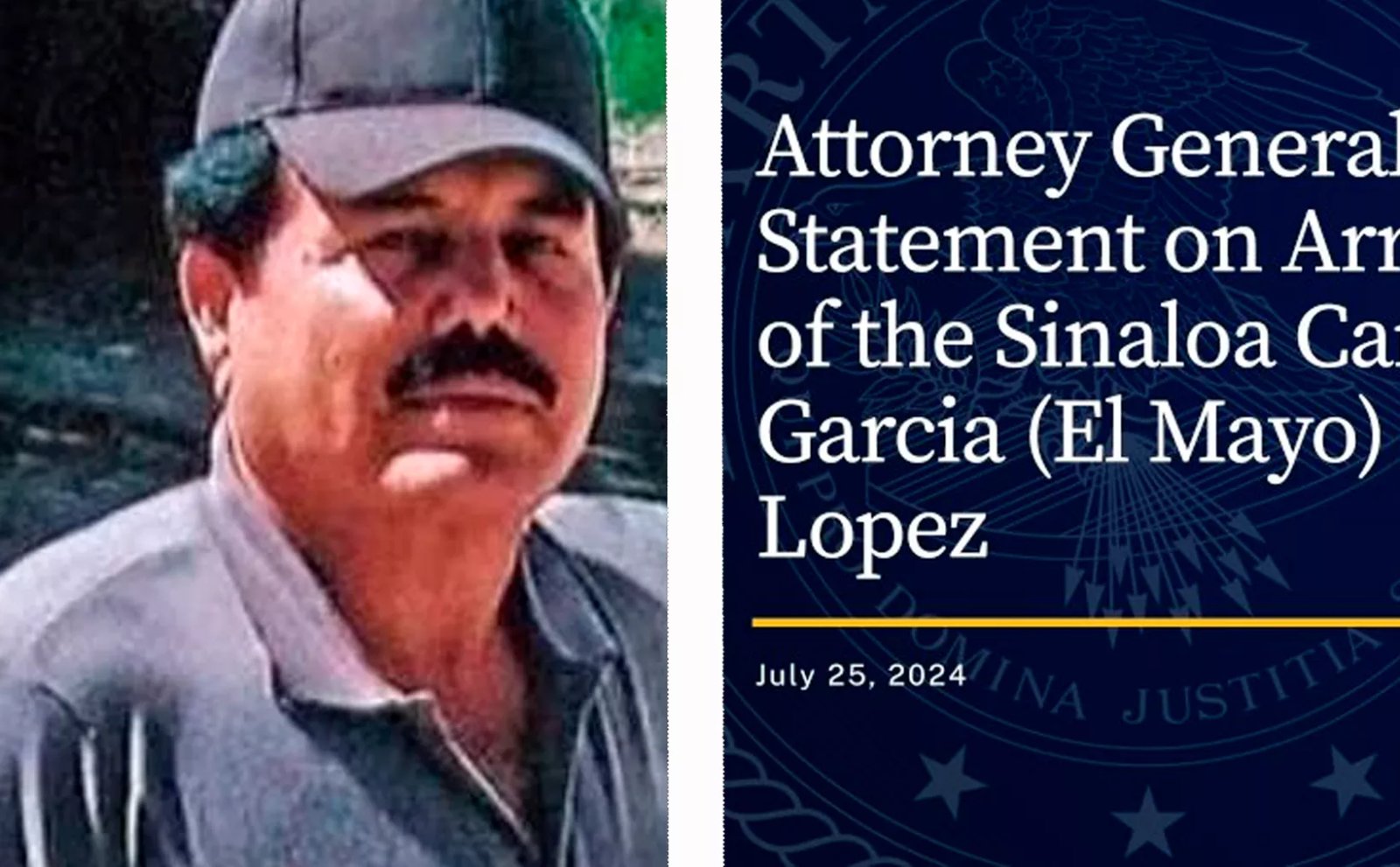Maya Train Excavation Reveals Ancient GPS System
During the excavation of Section 6 of the Maya Train route, stretching from Tulum to Chetumal, archaeologists have unearthed 205 monuments dating back to the Classical Mayan period. Among these discoveries are two terraces, two wells, 53 foundations, and most notably, 83 albarradas. Albarradas are limestone walls with a unique, irregular L-shape. Their distinctive layout has led experts to theorize that they may have functioned as a primitive location system, akin to a pre-Hispanic version of Google Maps. These discoveries were made near the municipality of Chumpón, between September 2022 and mid-March 2023, during the exploration of Front 1 of Section 6.
Beyond the albarradas, archaeologists also discovered pottery, flint knives, and metates. These artifacts have been cataloged in the area's cultural heritage inventory. Specialists from the National Institute of Anthropology and History have emphasized the significance of this find. The unique characteristics of the albarradas, which differ from typical linear structures, suggest that they may have served as a spatial reference system for the region's inhabitants during the pre-Hispanic era. Excavations at the site are ongoing, with 218 bags of ceramics, three metates, and two flint knives among the recovered archaeological materials.
The unearthed remains will undergo further study to determine their age, ethnic origin, and composition. This research will provide invaluable insights into the lifestyle and social organization of the ancient Mayans.











